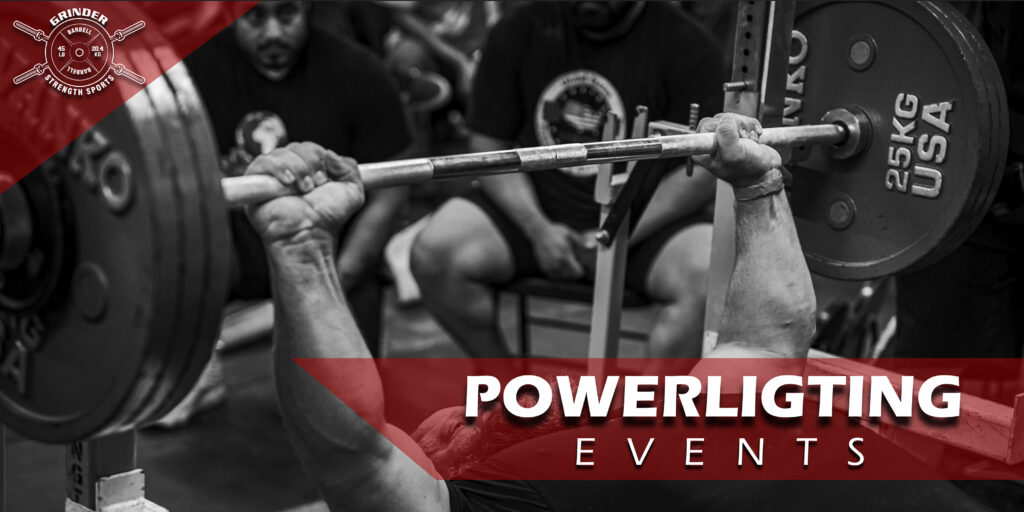In the pursuit of strength and powerlifting excellence, incorporating primary lift variations and auxiliary movements is crucial. These exercises not only enhance your main lifts but also address weaknesses, improve technique, and promote overall muscle development. By understanding and implementing these variations and movements, lifters can make significant strides in their training.
Primary Lift Variations
Primary lift variations are modified versions of the squat, bench press, and deadlift. These variations target specific weaknesses, improve technique, and prevent plateaus by providing a new stimulus.
Squat Variations:
- Pause Squats: Involve pausing at the bottom of the squat for 2-3 seconds. This variation improves control, stability, and strength in the hole, which is the most challenging part of the lift for many lifters.
- Box Squats: Performed by squatting down onto a box set at a specific height. Box squats help improve explosive power, reinforce proper squatting technique, and develop hip strength.
- Front Squats: Shift the barbell from the back to the front of the shoulders. This variation places more emphasis on the quadriceps and core, improving overall squat mechanics and strength.
Bench Press Variations:
- Close-Grip Bench Press: Involves narrowing the grip on the barbell. This variation targets the triceps more intensely, aiding in the lockout portion of the bench press.
- Pause Bench Press: Requires pausing the barbell on the chest for 1-2 seconds before pressing up. This variation improves strength and stability at the bottom of the lift, enhancing overall bench press performance.
- Incline Bench Press: Performed on an inclined bench, this variation targets the upper chest and shoulders more than the traditional flat bench press.
Deadlift Variations:
- Deficit Deadlifts: Performed while standing on a small platform or plate. This increases the range of motion and helps develop strength from the floor, addressing weaknesses in the initial phase of the deadlift.
- Rack Pulls: Deadlifts performed from a raised position, such as a power rack. This variation focuses on the lockout phase, improving grip strength and upper back development.
- Sumo Deadlifts: Utilize a wider stance and a more upright torso. This variation targets the hips and quads differently, providing a new stimulus and helping to balance muscle development.
Addition of Auxiliary Movements
Auxiliary movements, or accessory exercises, target supporting muscles that assist the primary lifts. These movements help improve muscle balance, prevent injuries, and enhance overall strength and performance.
Key Auxiliary Movements:
For Squats:
- Lunges: Strengthen the quads, hamstrings, and glutes while improving balance and stability.
- Leg Press: Focuses on the lower body muscles, allowing for additional volume without the same spinal loading as squats.
- Glute Bridges: Target the glutes and hamstrings, enhancing hip strength and stability.
For Bench Press:
- Dumbbell Flyes: Isolate the chest muscles, increasing chest strength and hypertrophy.
- Tricep Dips: Strengthen the triceps, improving lockout strength in the bench press.
- Face Pulls: Target the rear deltoids and upper back, promoting shoulder health and stability.
For Deadlifts:
- Romanian Deadlifts: Focus on the hamstrings and glutes, improving posterior chain strength.
- Good Mornings: Strengthen the lower back, glutes, and hamstrings, aiding in deadlift performance.
- Kettlebell Swings: Enhance hip power and conditioning, benefiting the explosive nature of the deadlift.
Benefits of Primary Lift Variations and Auxiliary Movements
Addressing Weaknesses:
- Targeted Development: Variations and auxiliary movements help identify and strengthen weak points in the primary lifts, leading to more balanced strength development.
- Preventing Plateaus: Introducing new stimuli prevents the body from adapting to a single movement pattern, promoting continuous progress.
Injury Prevention:
- Balanced Musculature: Strengthening supporting muscles reduces the risk of imbalances that can lead to injuries.
- Enhanced Stability: Improved core and joint stability from auxiliary movements help protect against injuries during heavy lifting.
Improved Performance:
- Enhanced Technique: Variations improve lifting mechanics, leading to more efficient and effective movement patterns.
- Increased Strength: Strengthening the muscles involved in primary lifts through auxiliary movements contributes to greater overall strength gains.
Example Program Incorporating Variations and Auxiliary Movements
Weekly Training Schedule:
Day 1 (Squat Focus):
- Squat: 4 sets of 5 reps
- Pause Squat: 3 sets of 3 reps
- Lunges: 3 sets of 10 reps per leg
- Leg Press: 3 sets of 12 reps
- Glute Bridges: 3 sets of 15 reps
Day 2 (Bench Press Focus):
- Bench Press: 4 sets of 5 reps
- Close-Grip Bench Press: 3 sets of 6 reps
- Dumbbell Flyes: 3 sets of 12 reps
- Tricep Dips: 3 sets of 10 reps
- Face Pulls: 3 sets of 15 reps
Day 3 (Deadlift Focus):
- Deadlift: 4 sets of 5 reps
- Deficit Deadlift: 3 sets of 3 reps
- Romanian Deadlifts: 3 sets of 8 reps
- Good Mornings: 3 sets of 10 reps
- Kettlebell Swings: 3 sets of 20 reps
Conclusion
Incorporating primary lift variations and auxiliary movements into your powerlifting program is essential for addressing weaknesses, preventing injuries, and improving overall performance. By understanding and implementing these exercises, lifters can make significant strides in their training, leading to greater strength and success in the gym and on the platform. Embrace the benefits of these strategies to optimize your powerlifting journey and achieve your strength goals.




Comments are closed